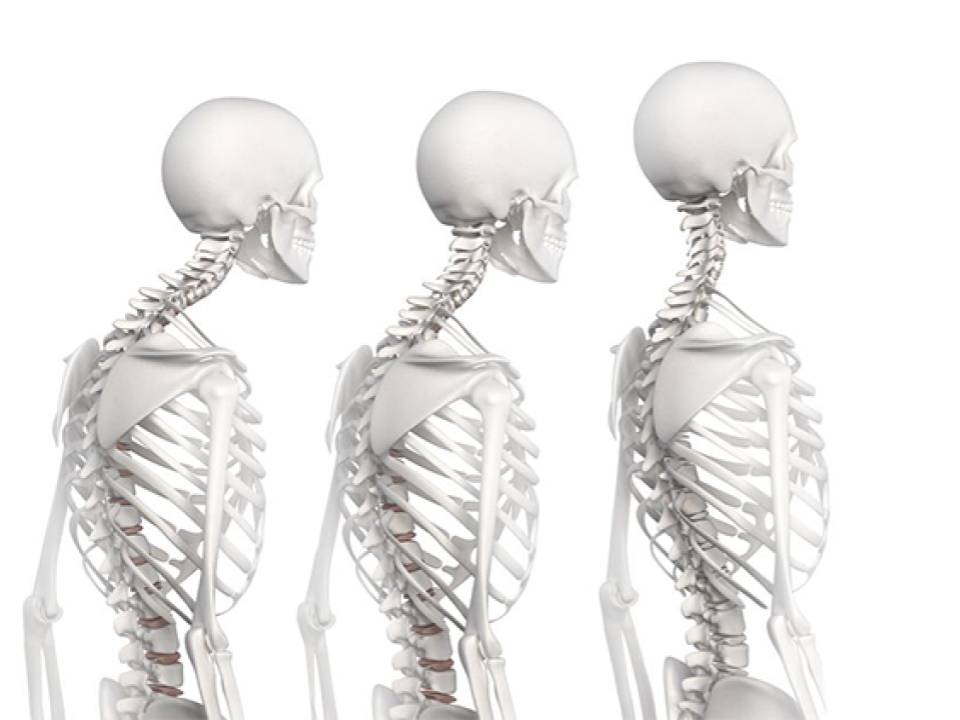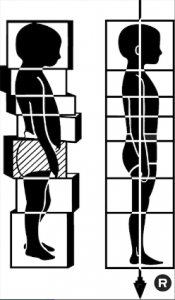
Structural Integration generally works in a series of 10 sessions each dedicated to specific regions of the bod in a systematic order to best serve the pursuit of integration. Whilst the series is recommended, benefit can be felt from single sessions, also individually tailored series is recommended, benefit can be felt from single sessions, also individually tailored series can be structured to suit specific client needs. Benefits of the work include pain reduction, increased flexibility, balance tone and athletic performance.
Sessions last 75 – 90 minutes and are conducted in underwear or bathing suit style clothing (briefs for male and two piece for females)
Sessions begin with a standing and movement analysis. Work can be conducted on the table, a bench, standing or during movement. Client participation is required through movement or directing body awareness. Structural Integration is not a massage, while at times it can be relaxing, clients stay engaged with the practitioner and their body so that their nervous system can effectively remap the body.
SESSIONS 1-3: The Sleeve
Called the “sleeve” sessions, session 1-3 strive to loosen and balance surface layers of connective tissue. These sessions are often reported to feel as if you have just removed a slightly too small sweater off your entire body. This prepares the fascia for the deeper core sessions, however many experience profound results from just these first three sessions. If you are unsure if Rolfing is for you, going through these 3 sessions are an excellent starting place.
Specifically, the first session is devoted to enhancing the quality of breath with work on the arms, ribcage and diaphragm. Opening is also started along the upper leg, hamstrings, neck and spine.
The second session helps give the body a stable foundation by balancing the foot and muscles of the lower leg.
The third session typically involves a “side view” for an understanding of how the head, shoulder girdle, as well as how the hips are appositionally related to one another when standing whilst under the influence of gravity. Then, the body is addressed within the context of this new vision.
SESSIONS 4-7: The Core
Sessions 4-7 are referred to as “core” sessions and examine terrain found between the bottom of the pelvis and top of the head. The idea of core also includes the deep tissue of the legs for its role in support.
Session four begins this journey, its territory extends from the inside arch of the foot and up the leg, to the bottom of the pelvis. This session is most critical for appropriate clothing as there is a pelvic floor manipulation.
The fifth session is concerned with balancing the surface and deep abdominal muscles to the curve of the back.
Session six seeks to enlist more support and moment from the legs, pelvis and lower back.
The seventh session turns its sole attention to the neck and head. This session addresses chronic facial holding patterns as well as jaw issues including TMJ.
SESSIONS 8-10: Integration
“Integration” is emphasized throughout the remaining three sessions, as session 8-10 provide an opportunity for the practitioner to blend previously established advancements (and ones yet to be made) into the body in a way that encourages smooth movement and natural coordination.
During sessions eight and nine, the practitioner determines how best to achieve this integration, as the protocol is unique for each individual.
The tenth and final session is also one of integration, but more importantly, serves to inspire a sense of order and balance.
